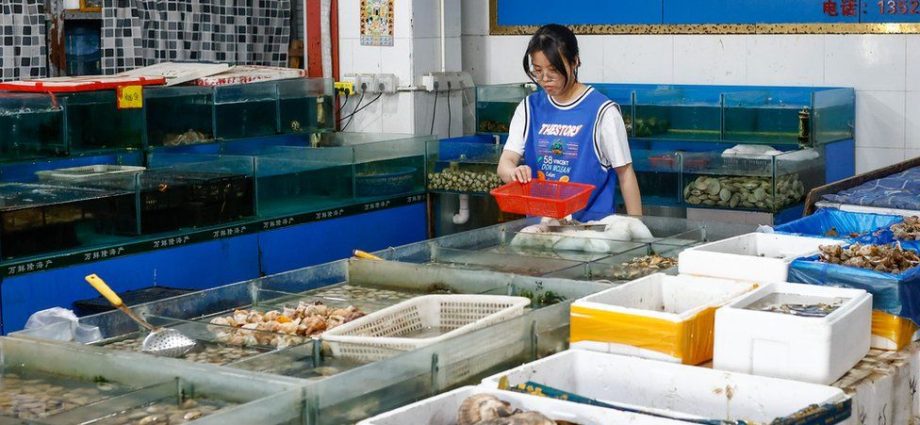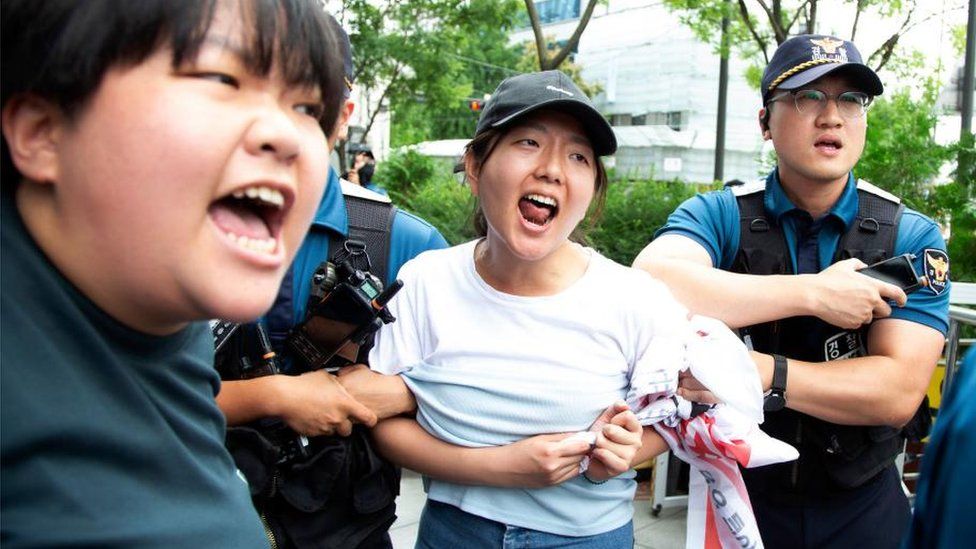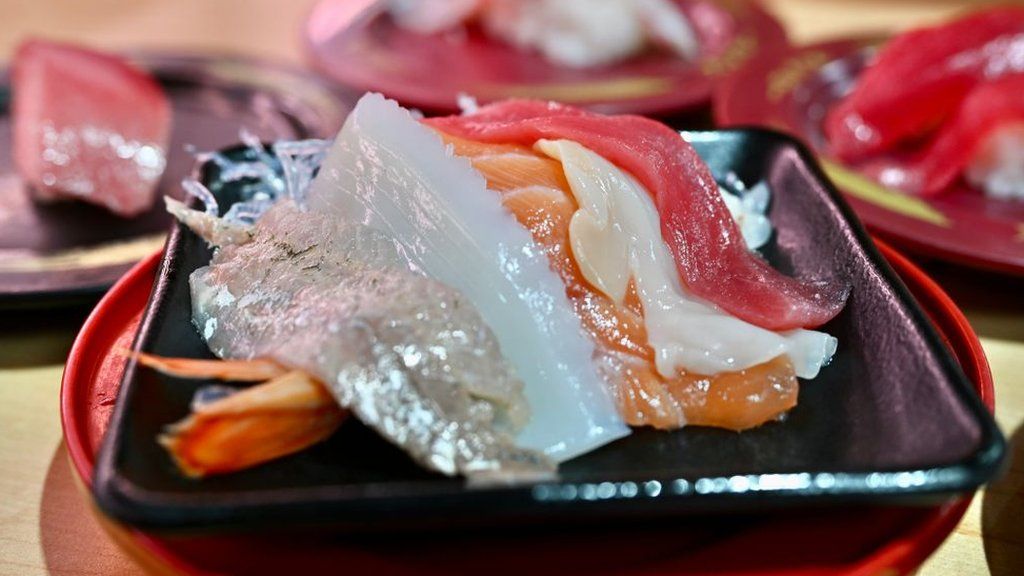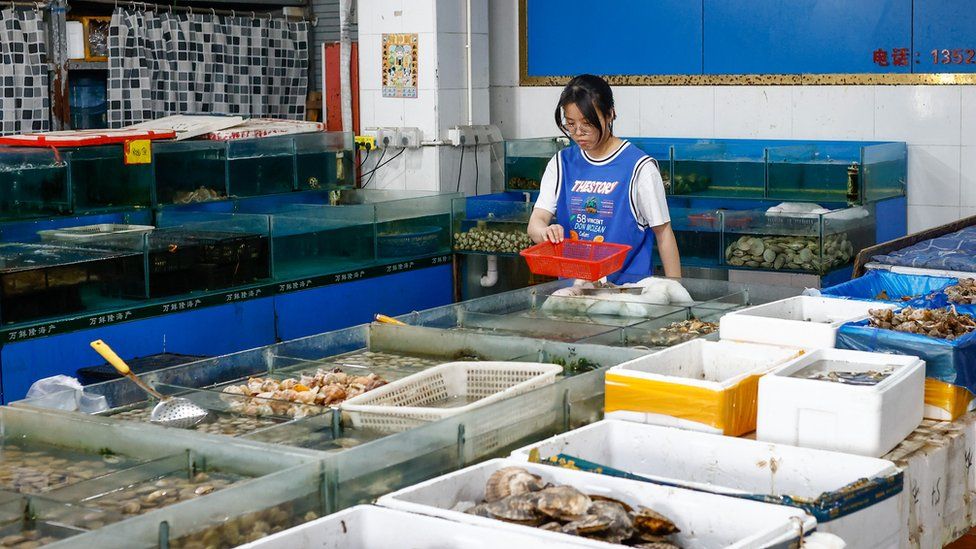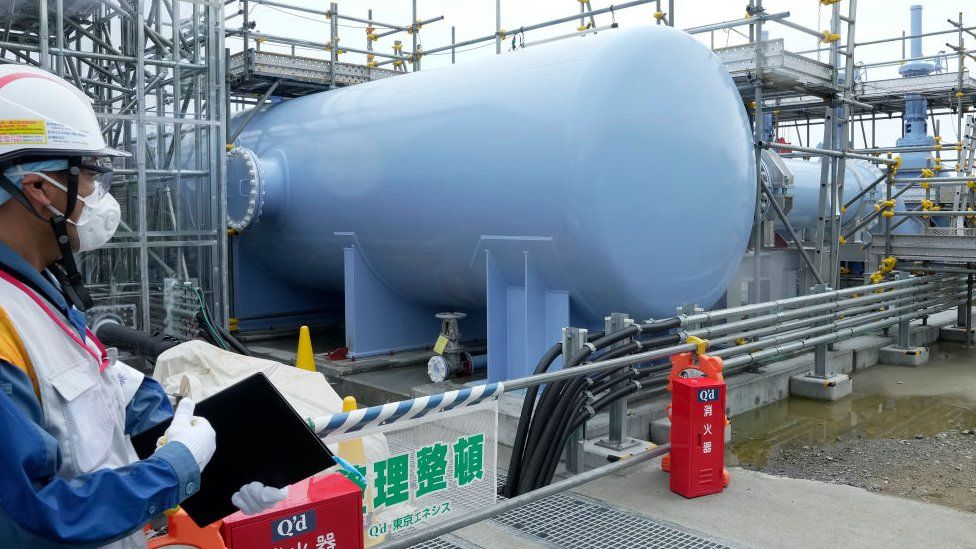
Japan has begun releasing treated radioactive water from its damaged Fukushima power plant into the Pacific Ocean – 12 years after a nuclear meltdown.
That’s despite China slapping a ban on Japanese seafood and protests in Japan itself and South Korea.
The UN’s atomic regulator says the water will have “negligible” radiological impact on people and the environment.
But is it safe?
An earthquake followed by a tsunami in 2011 wrecked the nuclear power plant, destroying its cooling system and causing reactor cores to overheat and contaminate water within the facility with highly radioactive material.
Since the disaster, power plant company Tepco has been pumping in water to cool down the reactors’ fuel rods. This means every day the plant produces contaminated water, which is stored in more than 1,000 tanks, enough to fill more than 500 Olympic swimming pools.
Japan says it needs the land occupied by the tanks to build new facilities to safely decommission the plant. It has also raised concerns about the consequences if the tanks were to collapse in a natural disaster.
Japan is releasing the waste water into the ocean gradually, with a green light from the International Atomic Energy Agency (IAEA). The first release is one of four, scheduled between now and the end of March 2024. The entire process will take at least 30 years.
If Japan was able to remove all radioactive elements from the waste water before piping it into the ocean, perhaps it would not have been so controversial.
The problem is being caused by a radioactive element of hydrogen called tritium, which can’t be removed from the contaminated water because there is no technology to do it. Instead, the water is diluted.
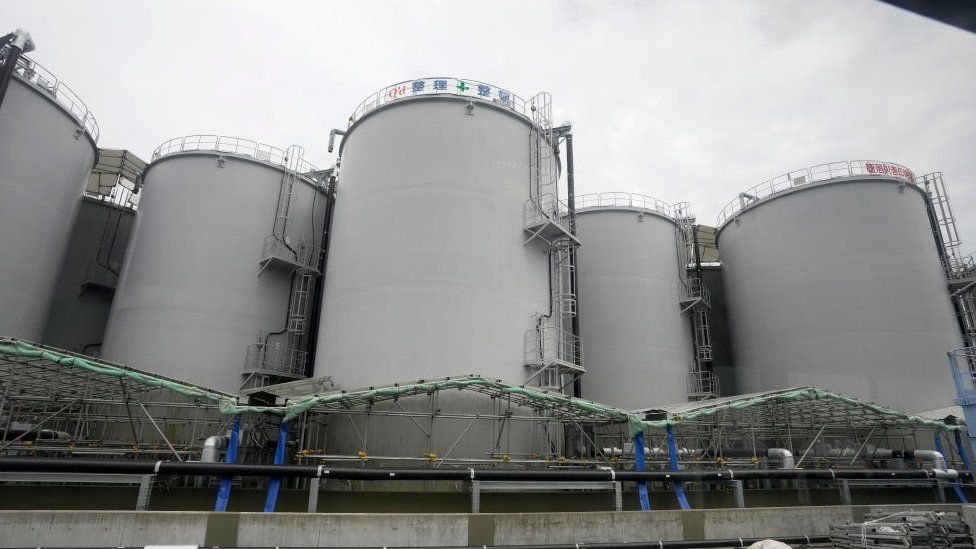
The message from experts is, overwhelmingly, that the release is safe – but not all scientists agree on the impact it will have.
Tritium can be found in water all over the world. Many scientists argue if levels of tritium are low, the impact is minimal.
But critics say more studies on how it could affect the ocean bed, marine life and humans are required.
The IAEA, which has a permanent office at Fukushima, said an “independent, on-site analysis” had shown that the tritium concentration in the water discharged was “far below the operational limit of 1,500 becquerels per litre (Bg/L)”.
That limit is six times less than the World Health Organization’s limit for drinking water, which is at 10,000 Bg/L.
On Friday, Tepco said seawater samples taken on Thursday afternoon showed radioactivity levels were well within safe limits, with a tritium concentration below 1,500 bq/L.
Japan’s environment ministry said it had also collected seawater samples from 11 different locations on Friday and would release the results on Sunday.
James Smith, professor of environment and geological sciences with Portsmouth University, said that “in theory, you could drink this water”, because the waste water is already treated when it is stored and then diluted.
And physicist David Bailey, who runs a French laboratory measuring radioactivity, agreed, adding: “The key thing is how much tritium is there.
“At such levels, there is no issue with marine species, unless we see a severe decline in fish population, for instance,” he said.
But some scientists say we cannot predict the impact of releasing the water.
American professor Emily Hammond, an expert in energy and environmental law with George Washington University, said: “The challenge with radionuclides (such as tritium) is that they present a question that science cannot fully answer; that is, at very low levels of exposure, what can be counted as ‘safe’?
“One can have a lot of faith in the IAEA’s work while still recognising that compliance with standards does not mean that there are ‘zero’ environmental or human consequences attributed to the decision.”
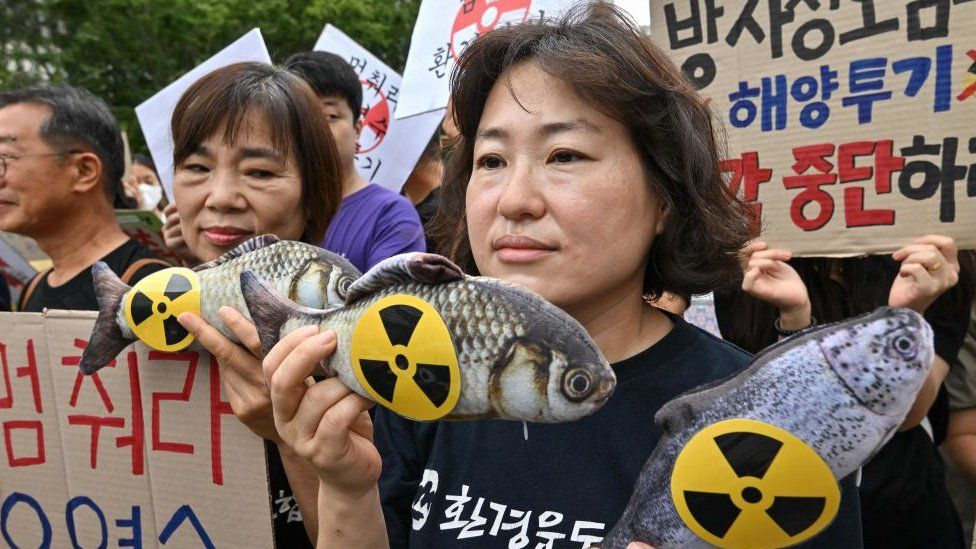
The US National Association of Marine Laboratories released a statement in December 2022 saying it was not convinced by Japan’s data.
And marine biologist Robert Richmond, from the University of Hawaii, told the BBC: “We’ve seen an inadequate radiological, ecological impact assessment that makes us very concerned that Japan would not only be unable to detect what’s getting into the water, sediment and organisms, but if it does, there is no recourse to remove it… there’s no way to get the genie back in the bottle.”
Environmental groups such as Greenpeace go further, referring to a paper published by scientists at the University of South Carolina in April 2023.
Shaun Burnie, a senior nuclear specialist with Greenpeace East Asia, says tritium can have “direct negative effects” on plants and animals if ingested, including “reduced fertility” and “damage to cell structures, including DNA”.
China has banned Japanese seafood as a result of the waste water release. Some media commentators believe this could be a political move, especially as experts say there is no scientific evidence backing concerns around seafood, as the radiation released is so low.
But many people who are exposed to the Pacific Ocean every day have concerns.
Traditional female divers in South Korea, known as “haenyeo”, tell the BBC they are anxious.
“Now I feel it’s unsafe to dive in,” says Kim Eun-ah, who has been doing the job off Jeju Island for six years. “We consider ourselves as part of the sea because we immerse ourselves in the water with our own bodies,” she explains.
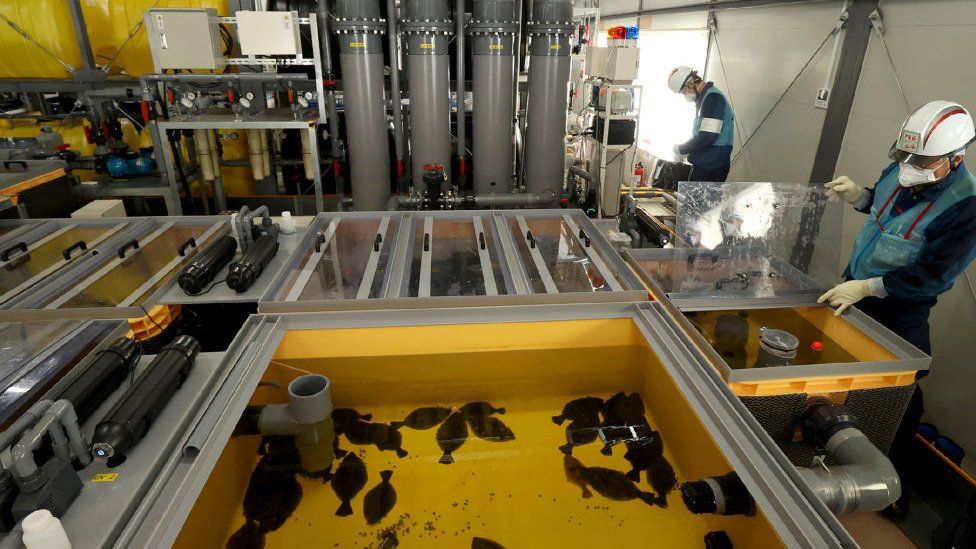
Experts say the waste water could be carried by ocean currents, particularly the cross-Pacific Kuroshio current.
And fishermen have told the BBC they fear their reputation has been permanently damaged and worry for their jobs.
The Pacific Islands Forum Chair and Cook Islands Prime Minister Mark Brown, like the IAEA, says he believes it “meets international safety standards”.
He added all nations across the region may not agree on the “complex” issue, but urged them to “assess the science”.
Related Topics
-
-
2 days ago
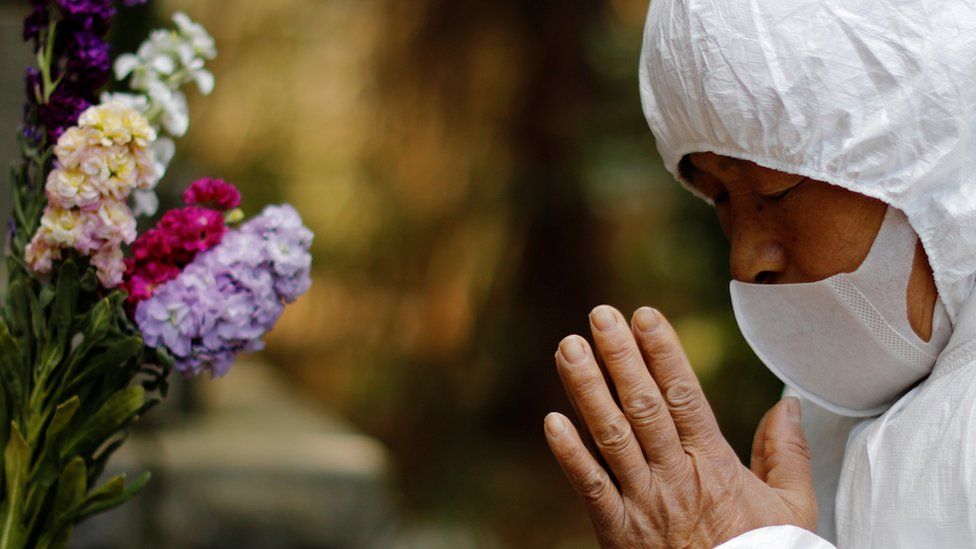
-
-
-
14 hours ago
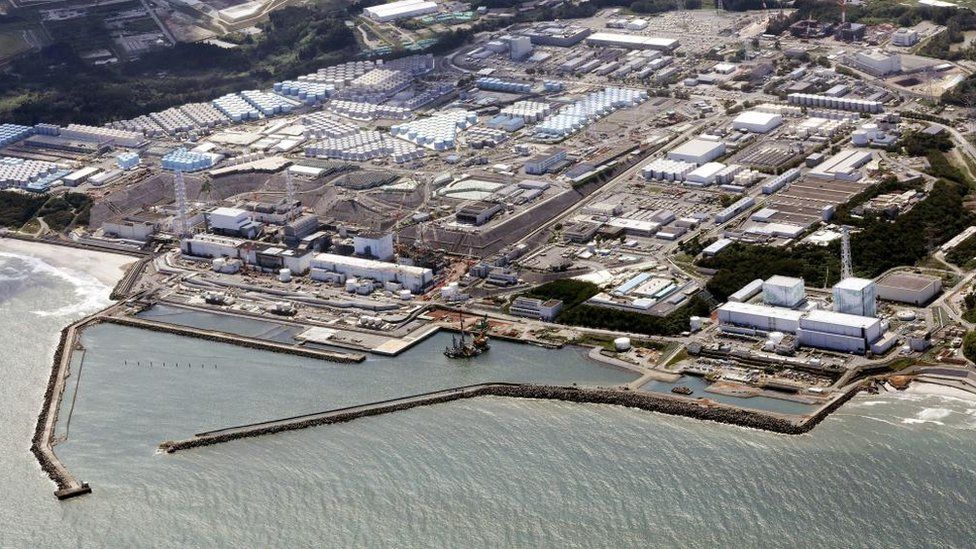
-

